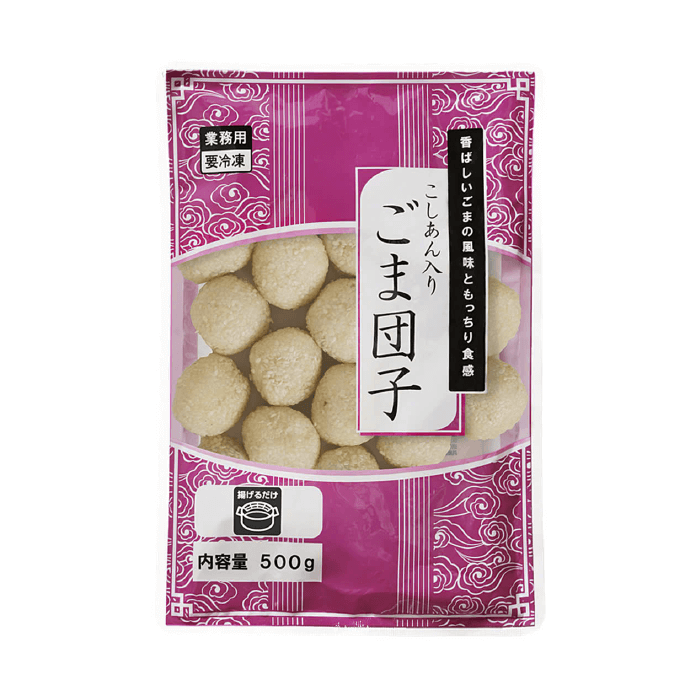Dashi has a light, sweet taste and is generally known as a type of broth in Japanese culinary culture. This broth is made from various ingredients such as Kombu seaweed, dried fish, and vegetables. For children, dashi is an important ingredient in creating delicious and nutritious weaning meals. So, what is dashi? How to make authentic dashi at home? Let’s explore more details in the shares below with Kamereo.
⛩ This article belongs to the JAPANESE FOOD CULTURE series
This is a series of articles sharing interesting knowledge about the culture, dishes, and authentic recipes of the Land of the Rising Sun.
What is Dashi?
Dashi is a characteristic broth in Japanese cuisine, playing an important role in creating the distinctive “umami” flavor. This broth is the foundation of many traditional dishes, from miso soup, clear broth soup, noodle broth soup, to stews. In addition, dashi is also mixed into the batter for grilled dishes such as okonomiyaki and takoyaki, contributing to the unique flavor of each dish.
Sweet and light dashi can be made with a variety of ingredients from vegetables such as mushrooms, radishes, seaweed, and carrots, providing a large amount of vitamins, minerals, and fiber. Therefore, the product is highly appreciated in weaning menus for young children, contributing to supplementing the necessary nutrients for the baby’s development.
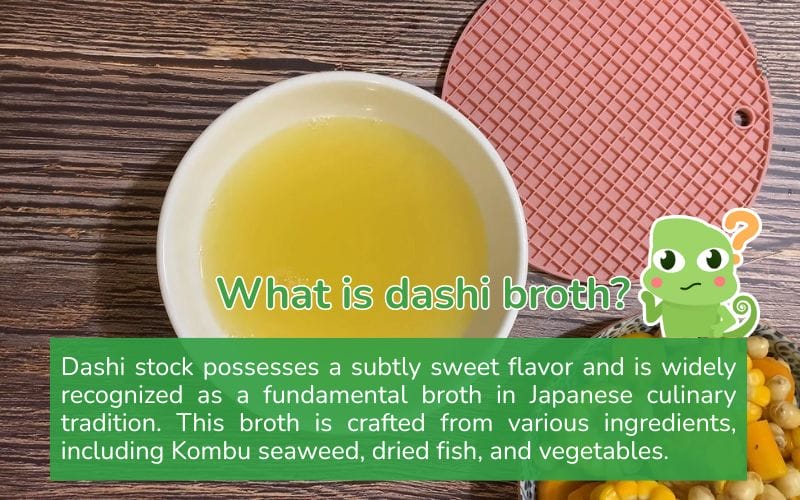
How to Make Delicious Authentic Japanese Dashi Broth
To make authentic Japanese Dashi broth, it is necessary to adhere to the correct proportions and processing procedures for the characteristic ingredients. Specifically:
Ingredients
- Kombu seaweed: 10g
- Dried bonito flakes: 30g
- Water: 1000ml
Buy authentic Japanese dashi broth ingredients at Kamereo:
The product_ids is required in short_code to display product carousel

Instructions
Step 1: Prepare the Kombu Seaweed
- Clean the kombu: First, please note that you should not wash the kombu seaweed as this can remove its natural minerals. Instead, use a damp cloth, preferably one with a little sake, to wipe the surface of the kombu clean.
- After cleaning, cut the kombu into medium-sized short pieces.
- Soak the kombu: Put the kombu pieces in 1000ml of cold water and soak for about 1 to 4 hours, or preferably overnight. Soaking the kombu will help the sweet and nutritious substances in the seaweed to be completely released into the water, creating the characteristic flavor for the dashi broth.

Step 2: Cook the Dashi Broth
- Once the kombu has softened, pour the entire soaking water and kombu leaves into a pot.
- Then, put the pot on the stove and bring it to a medium heat.
- When the water starts to simmer, immediately remove the kombu from the pot.
- After removing the kombu, add all the dried bonito flakes to the pot and boil for about 3 to 5 minutes, then turn off the heat.
- Finally, strain the dashi broth through a sieve to completely remove the bonito flakes, keeping only the clear and lightly sweet dashi broth.
💡 Quick Tip:
- Do not cook kombu for too long: Cooking kombu for too long can make the broth bitter and cloudy, affecting the quality of the broth.
- Soak kombu in cold water and start cooking from cold water: helps to extract the maximum umami flavor and minerals without losing the light sweetness or causing bitterness to the broth.
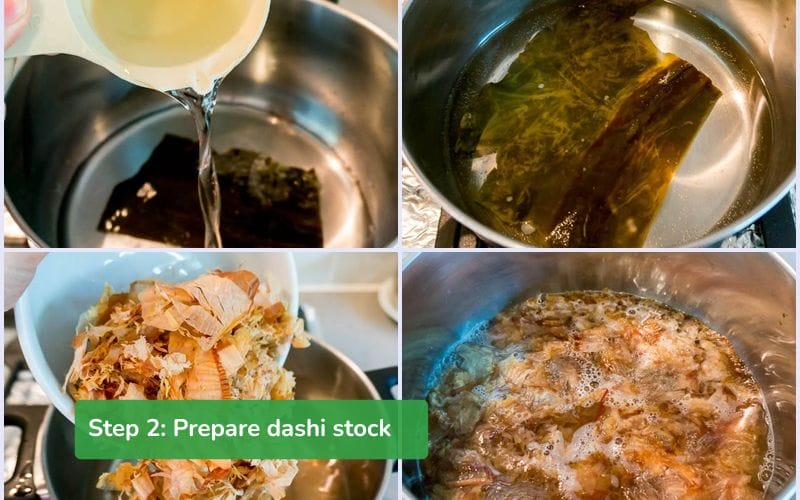
How to Make Vegetable Dashi for Babies
Vegetable dashi is a light, sweet, and nutritious broth that is very suitable for babies during the weaning stage. With easy-to-find ingredients and simple steps, you can completely make it yourself for your little one.
Ingredients
- Assorted vegetables: 250g (including onion, carrot, cabbage, napa cabbage)
- Water: 800ml
Buy fresh and high-quality Da Lat vegetables at Kamereo:

Cabbage Da Lat
13,000đ/KILOGRAM
16,000đ/KILOGRAM

Cabbage Da Lat (10kg/ Pack)
125,000đ/PACK
156,500đ/PACK
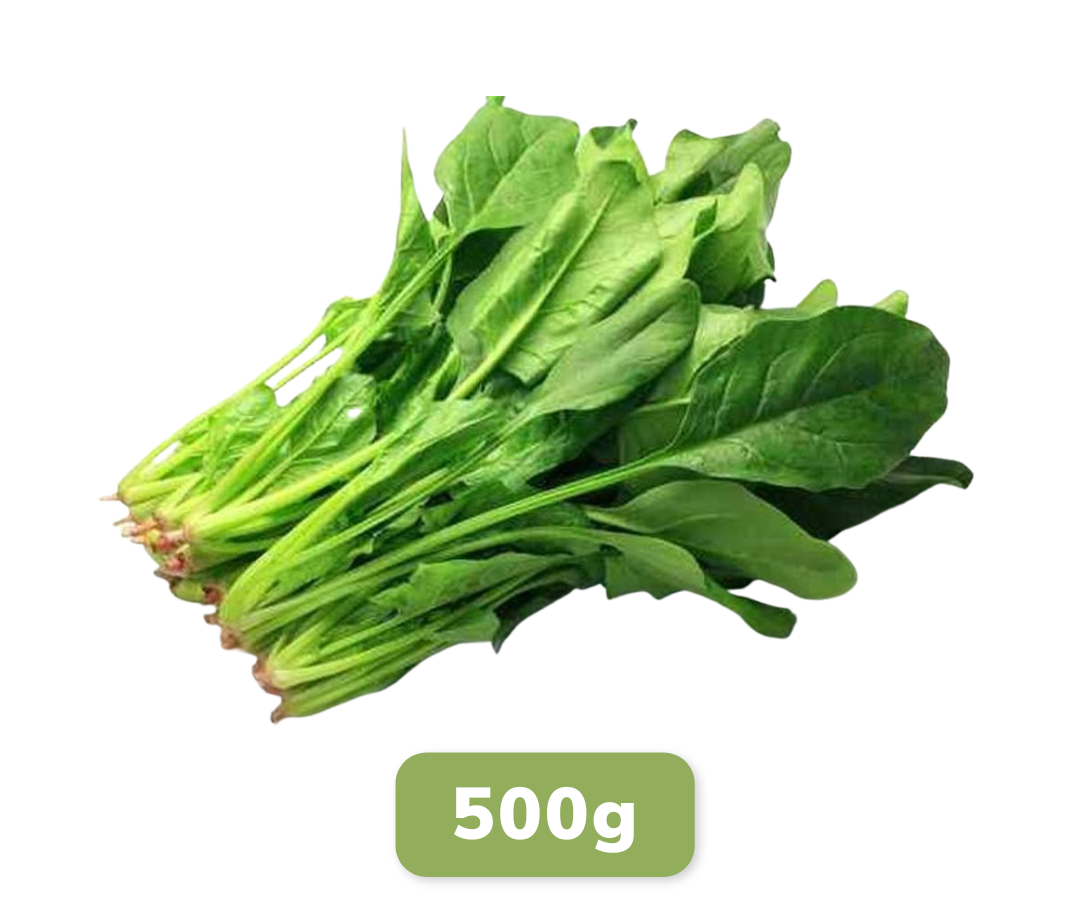
Spinach Da Lat 500g
21,000đ/PACK
27,000đ/PACK
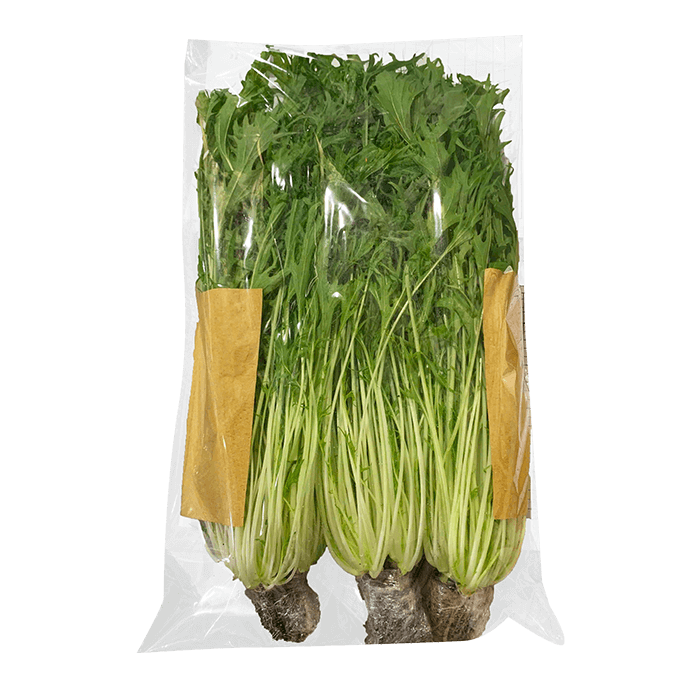
Mizuna Mustard Da Lat Hydroponic 500g
33,000đ/PACK
40,500đ/PACK
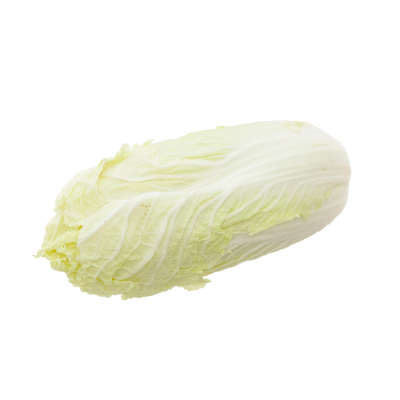
Napa Cabbage Da Lat
14,000đ/KILOGRAM
15,500đ/KILOGRAM
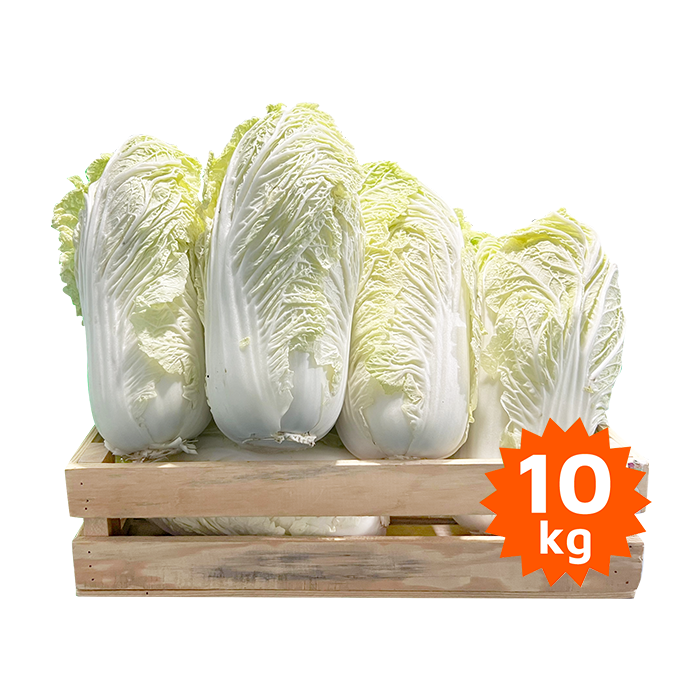
Napa Cabbage Da Lat (10kg/ Pack)
135,000đ/PACK
164,000đ/PACK
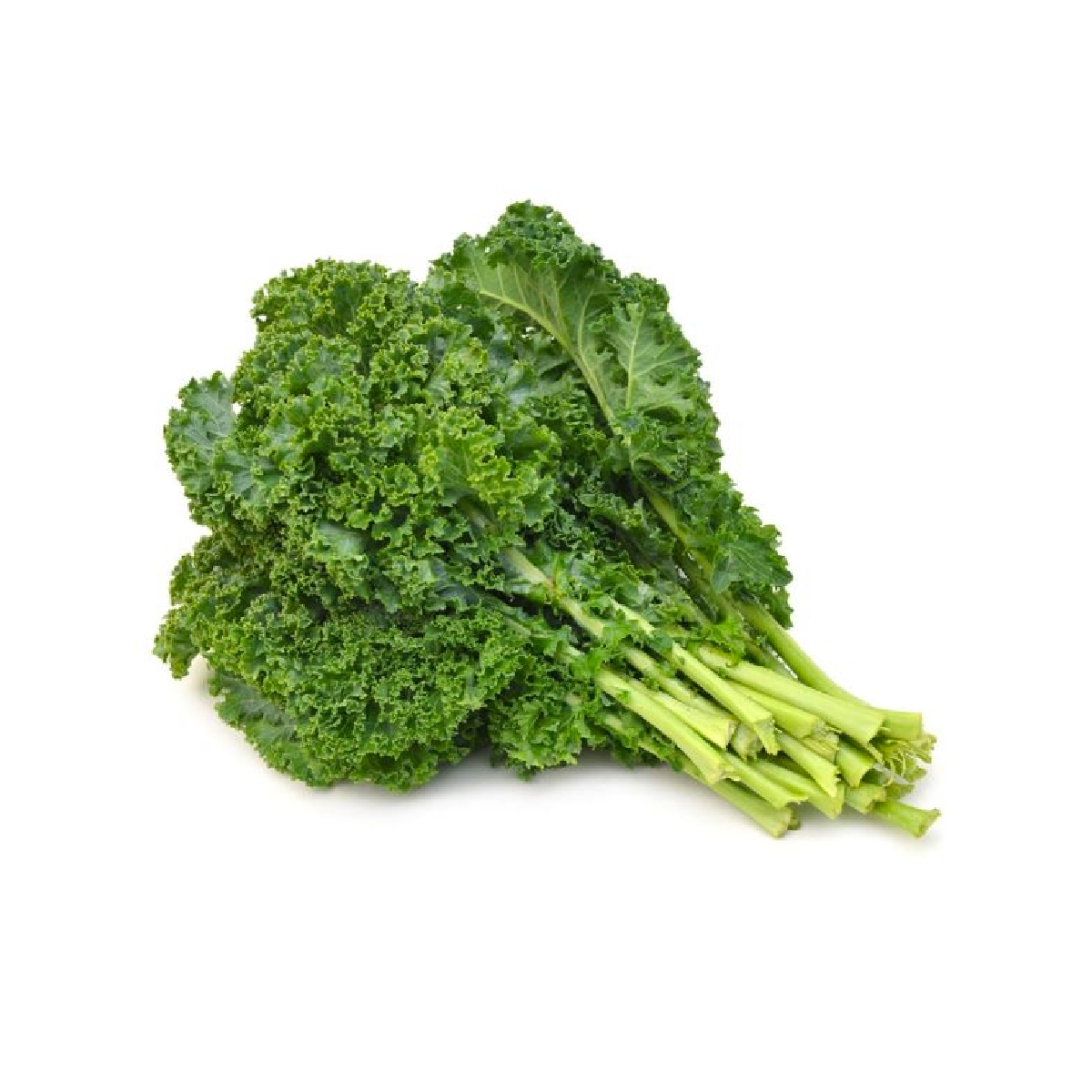
Kale Da Lat
31,000đ/KILOGRAM
35,500đ/KILOGRAM
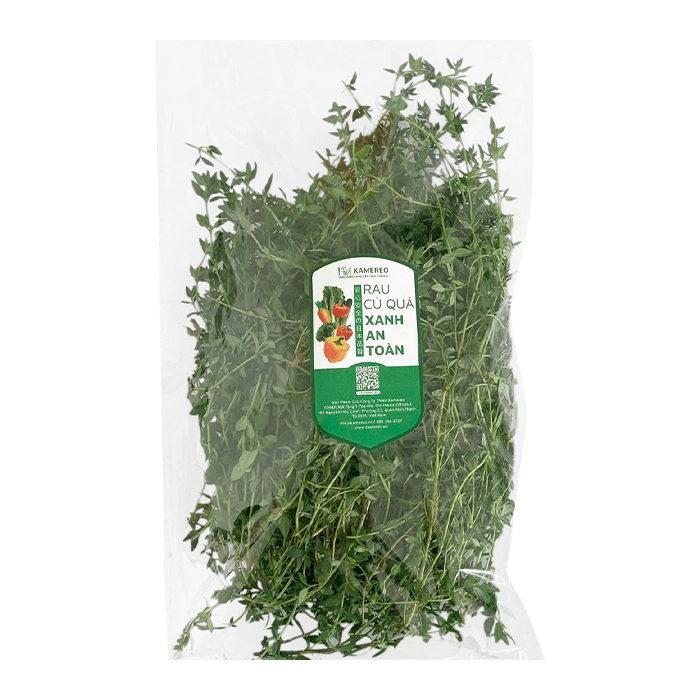
Thyme Da Lat 100g
24,000đ/PACK
30,500đ/PACK
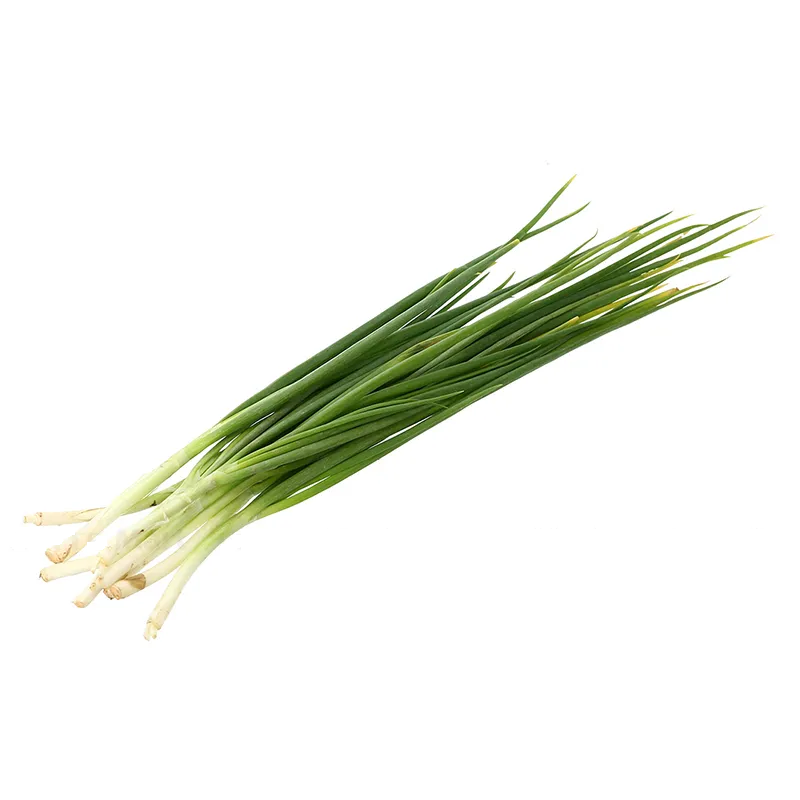
Green Onion Da Lat
35,000đ/KILOGRAM
45,500đ/KILOGRAM
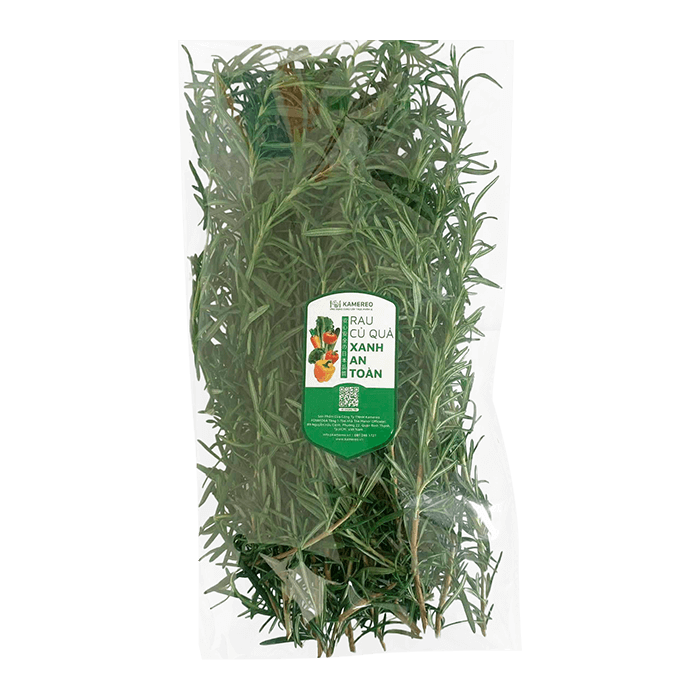
Rosemary Da Lat 100g
24,000đ/PACK
30,000đ/PACK
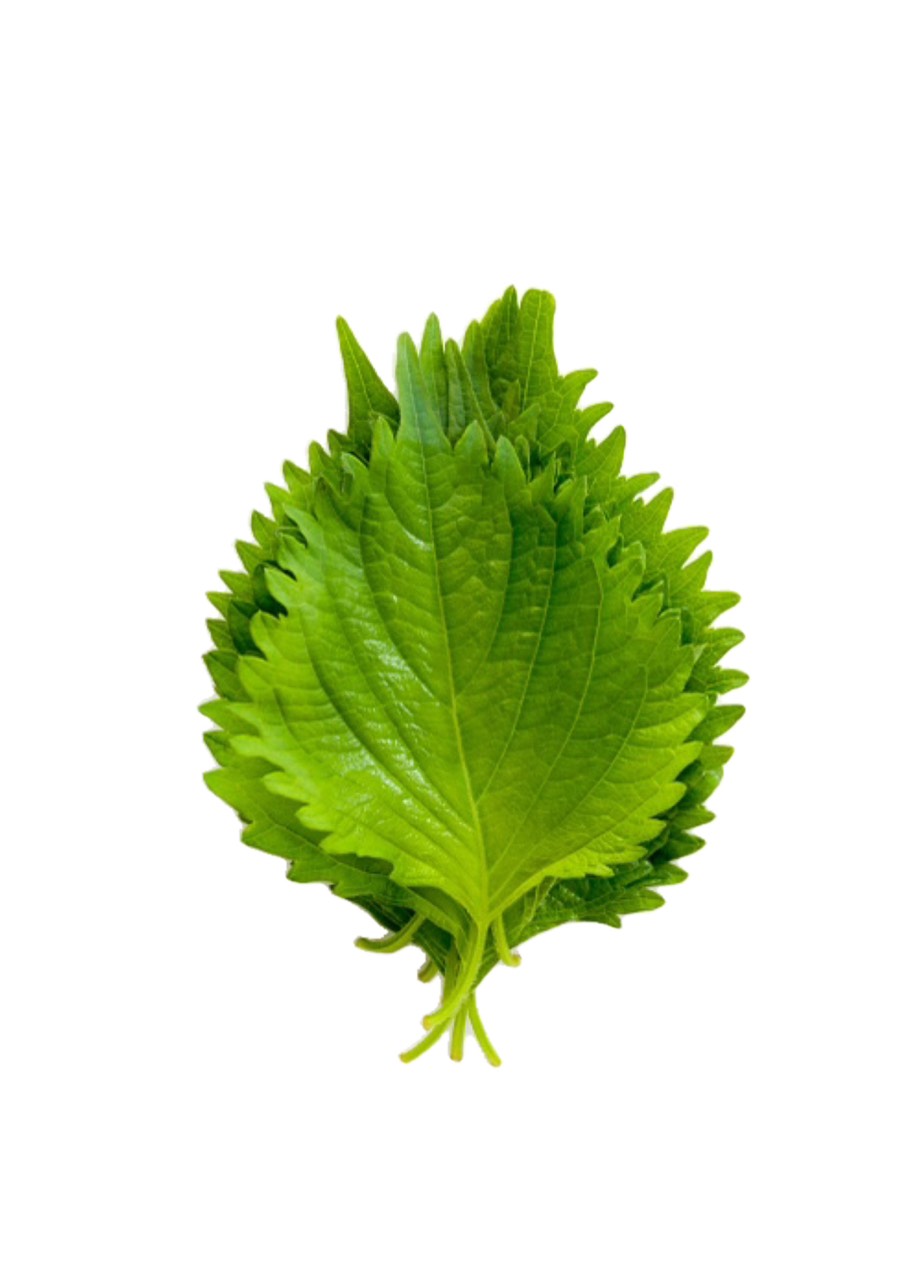
Oba - Japanese Shiso (100Pieces/ Box)
69,000đ/BOX
89,500đ/BOX
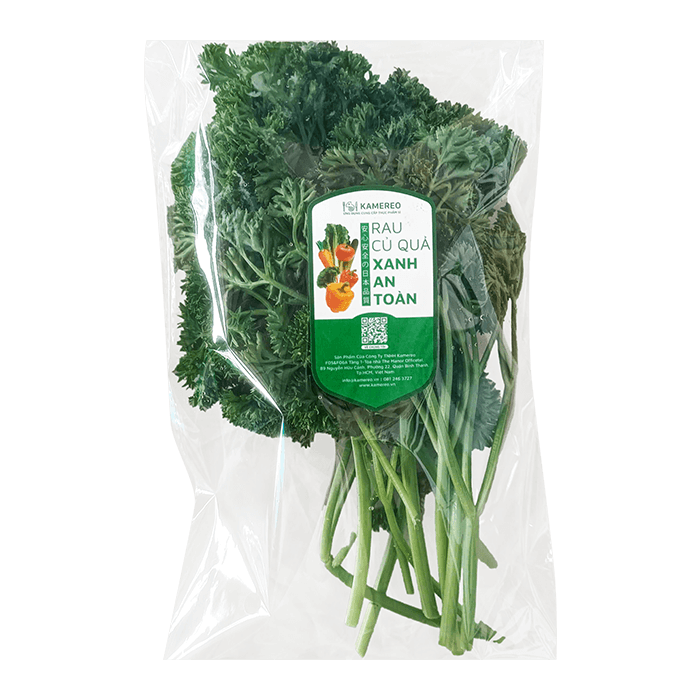
Parsley Da Lat 100g
9,500đ/PACK
11,000đ/PACK

Hokto Maitake Mushroom 100g
29,000đ/PACK
34,500đ/PACK

Kamereo Fresh Japanese Shiitake Mushroom Da Lat Big Size 200g
29,000đ/PACK
35,000đ/PACK
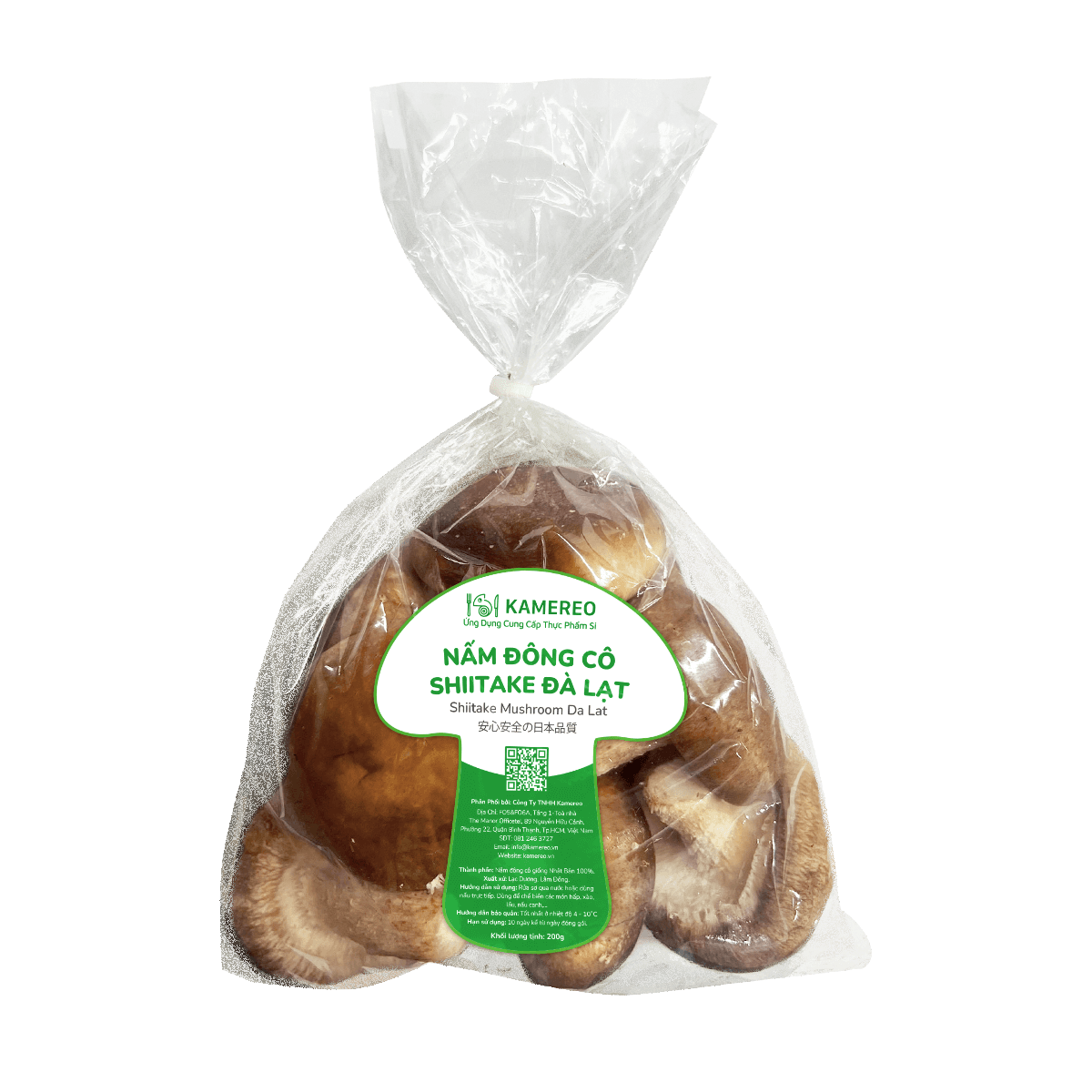
Kamereo Fresh Japanese Shiitake Mushroom Da Lat Medium Size 200g
22,000đ/BOX
28,000đ/BOX

Sweet Basil Da Lat 100g
29,000đ/PACK
32,500đ/PACK

Arugula Rocket Da Lat 200g
42,000đ/PACK
48,500đ/PACK
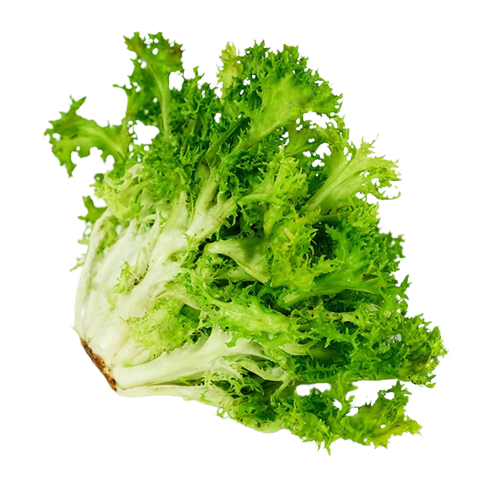
Frisee Lettuce Da Lat
36,000đ/KILOGRAM
43,500đ/KILOGRAM

Red Lollo Rossa Lettuce Da Lat Hydroponic
49,000đ/KILOGRAM
63,500đ/KILOGRAM
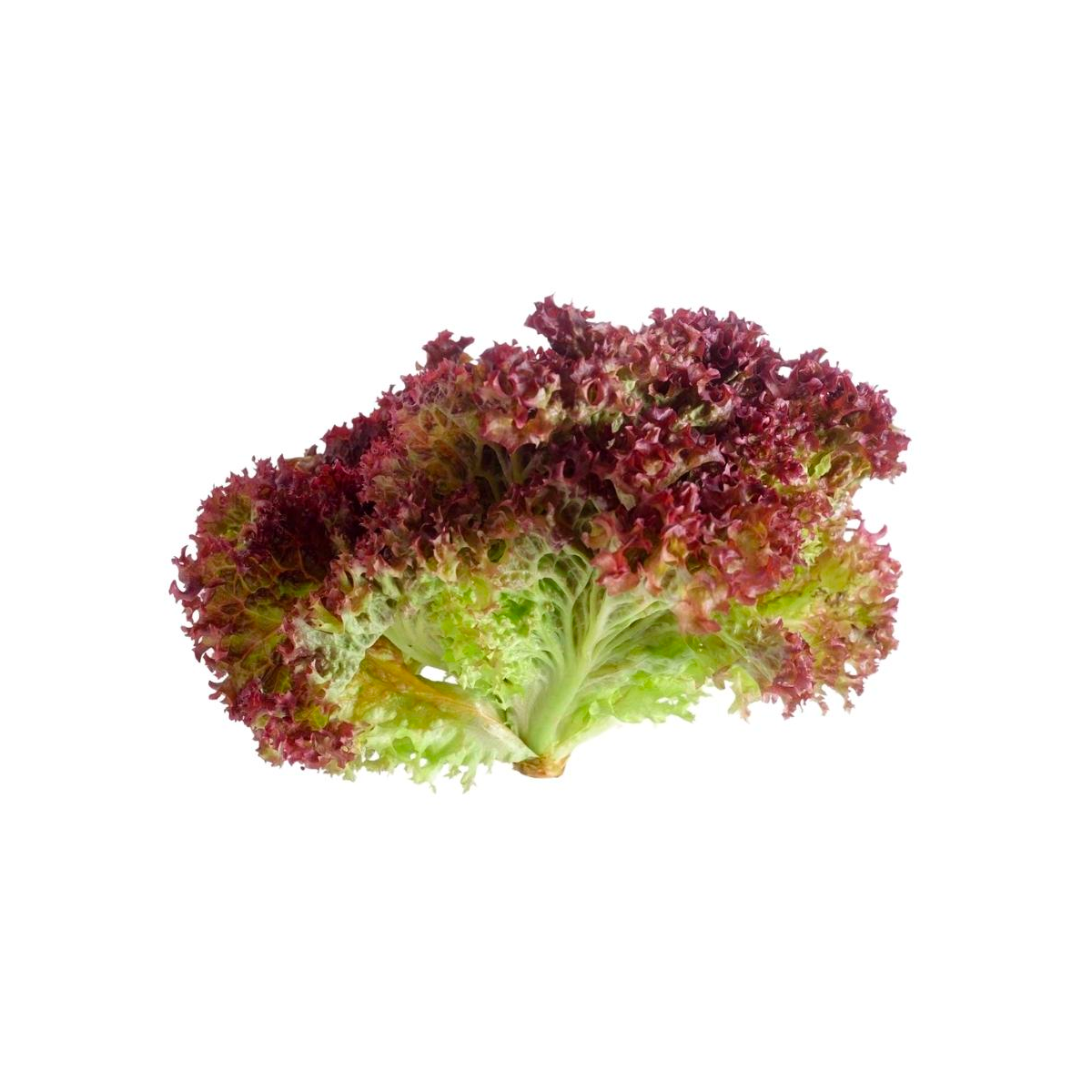
Red Lollo Rossa Lettuce Da Lat
45,000đ/KILOGRAM
50,500đ/KILOGRAM
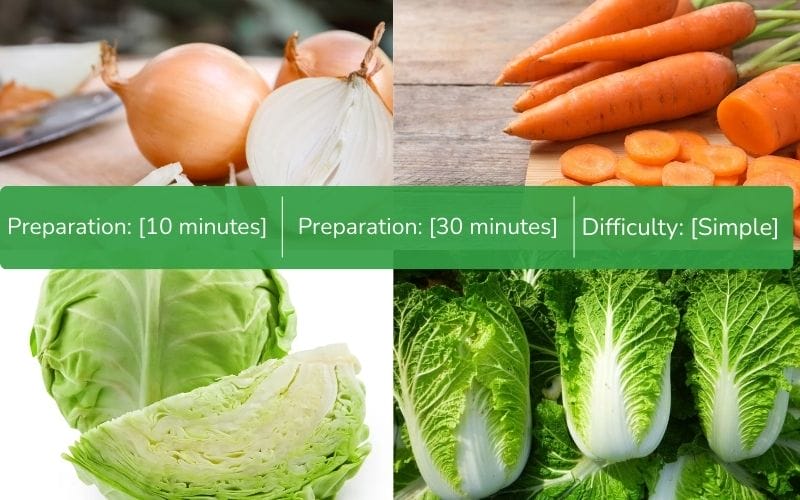
Instructions
Step 1: Prepare the Ingredients
- Carrots and onions: Peel, wash, and then cut into bite-sized pieces.
- Cabbage and napa cabbage: Wash each leaf thoroughly, then shred.

💡 Quick Tip: You should cut all the vegetables evenly so that they are all the same size. This helps them cook evenly and prevents some from being raw and others overcooked.
Step 2: Cook the Dashi
- Place a pot on the stove and pour in 800ml of filtered water.
- Add all the prepared vegetables to the pot of water.
- Turn on the heat and bring the water to a boil.
- Once boiling, reduce the heat to low and continue simmering for another 20 minutes.
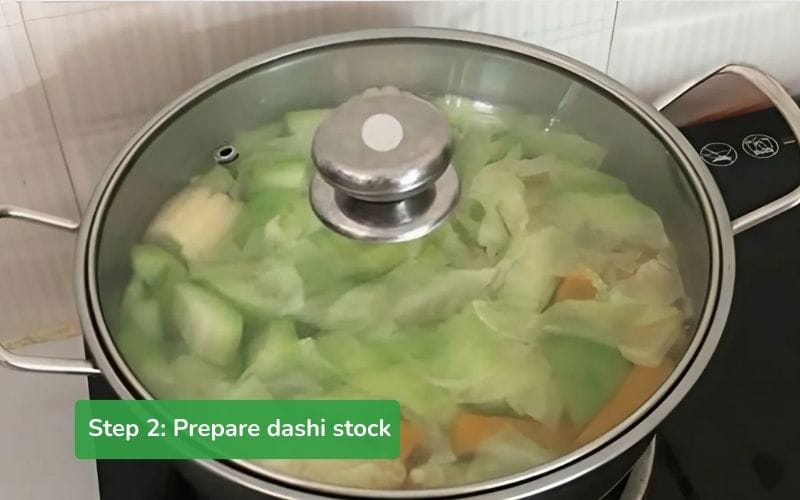
💡 Quick Tip: Reducing the heat for 20 minutes after boiling helps the vegetables release all their sweetness.
Step 3: Finish
- Turn off the heat and use a spoon to remove all the vegetables from the pot.
- Strain the broth through a sieve to remove any residue and make the dashi clear.
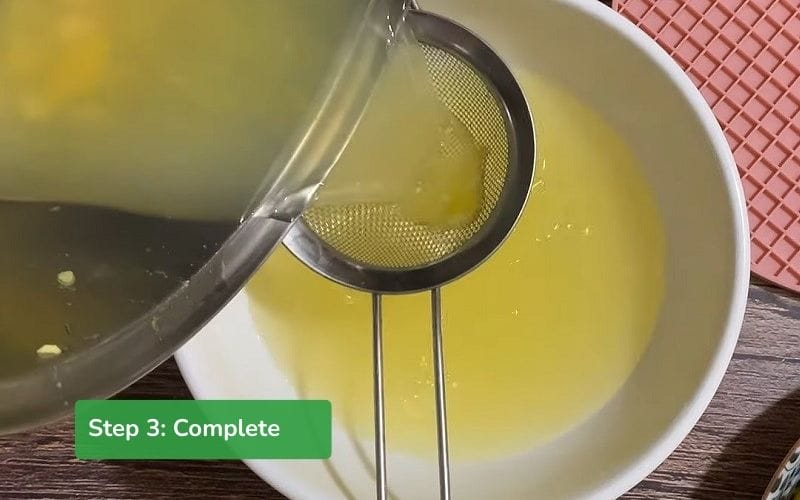
Incompatible Vegetables When Making Dashi Broth
Some vegetables, while offering many health benefits when used individually, can create unwanted reactions when combined, affecting the flavor and even the health of the consumer:
- Potatoes, sweet potatoes, and tomatoes: Although all three of these vegetables are nutritious, combining them can negatively affect the digestive system, leading to indigestion, bloating, or even diarrhea.
- Pumpkin and spinach: Pumpkin and spinach are both rich sources of vitamins and minerals. However, when cooked together, enzymes in pumpkin can reduce the vitamin C content in spinach, significantly reducing the nutritional value of both vegetables.
- Carrots and white radishes: Combining carrots and white radishes can lead to a decrease in each other’s nutritional value. Especially for children, this combination can cause digestive issues such as indigestion and discomfort.
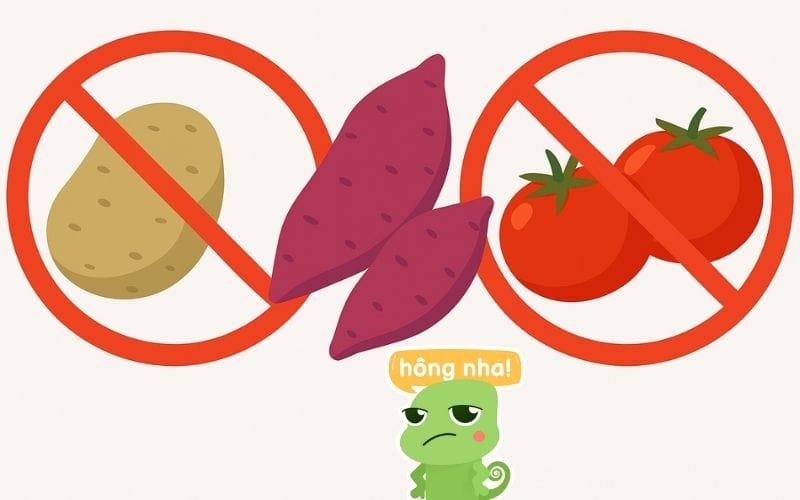
Kamereo – Supplier of Standard Japanese Ingredients, Good Prices
Kamereo is a strategic partner of the famous domestic Japanese supermarket chain Gyomu Japan, bringing authentic Dashi broth ingredients with competitive prices to F&B businesses. With the mission of simplifying the food supply chain in Vietnam, Kamereo is a pioneer in applying technology, building a sustainable supply ecosystem, and providing convenient purchasing solutions in the F&B industry.

In addition, Kamereo focuses on optimizing the procurement process at each stage, from product sourcing, ordering, cost control to delivery. As a result, Kamereo is committed to providing a stable supply, guaranteed quality, and transparent prices. Choosing to cooperate with Kamereo, businesses will no longer worry about shortages or price fluctuations in the market.
Furthermore, Kamereo’s website and application comprehensively optimize the procurement process and cost management for F&B businesses. Through this, customers can order quickly anytime, anywhere, manage multiple stores, approve orders, and track expenses.
In particular, Kamereo ensures order support until 12:00 AM and delivery before 6:00 AM the next day, ensuring the unit’s kitchen is always ready with ingredients for operation. Kamereo’s return and co-inspection policy upon receipt also helps businesses directly check product quality, saving time and ensuring absolute satisfaction.
Best-selling standard Japanese domestic products at Kamereo:
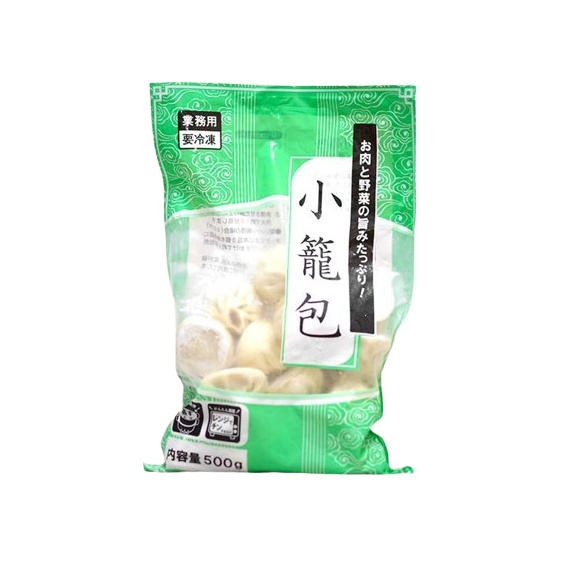
Frozen Soup Dumplings 500g
199,000đ/PACK
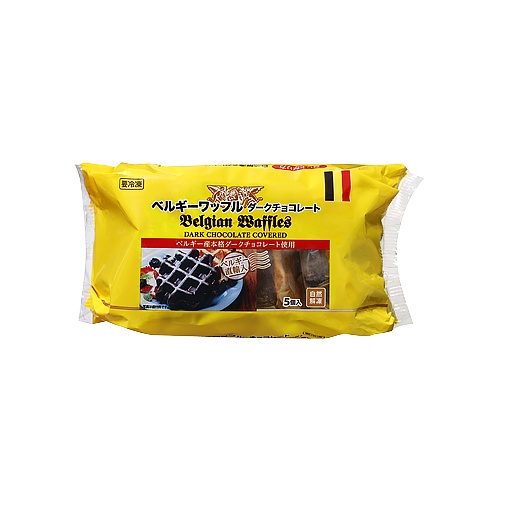
Belgian Frozen Waffle With Chocolate Flavor 300g
100,000đ/PACK
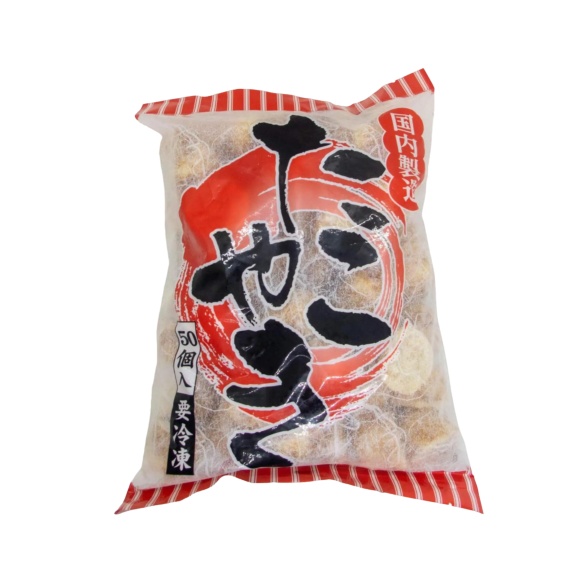
Frozen Takoyaki (Octopus Balls) 1kg
219,000đ/PACK
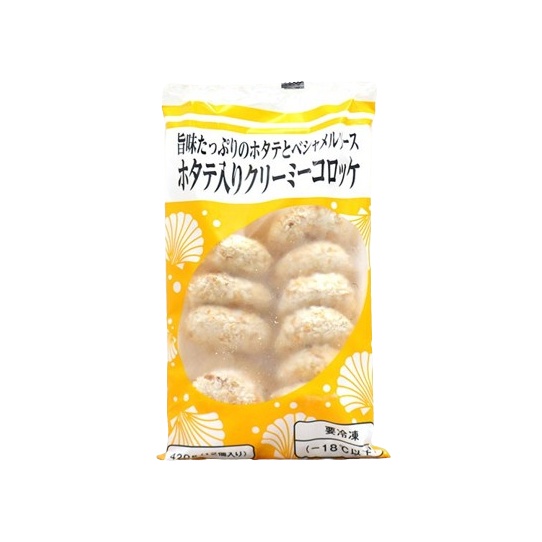
Frozen Fried Scallop Cakes With Cream Sauce 420g
175,000đ/PACK

Frozen Churros 500g
52,683đ/PACK
54,000đ/PACK

Frozen Strawberry Churros 500g
55,000đ/PACK
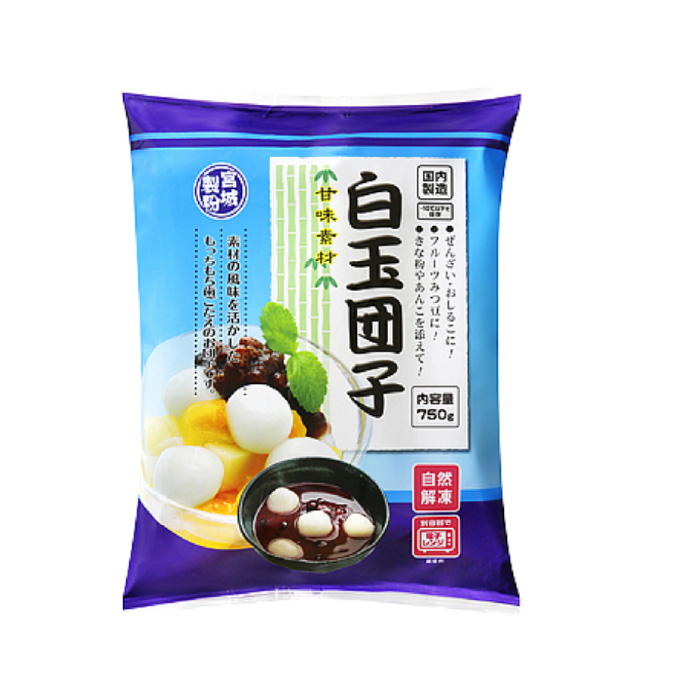
Frozen Shiratama Dango 750g
100,000đ/PACK
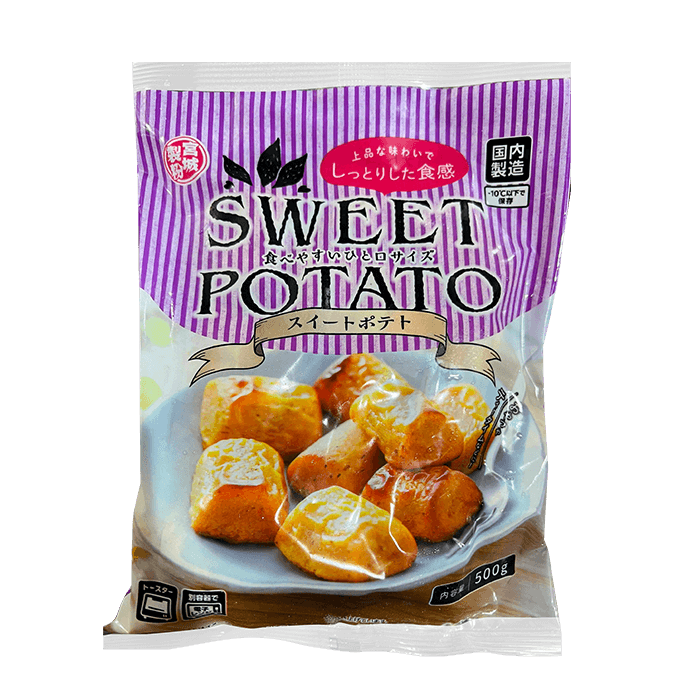
Frozen Sweet Potato Cake 500g
105,000đ/PACK
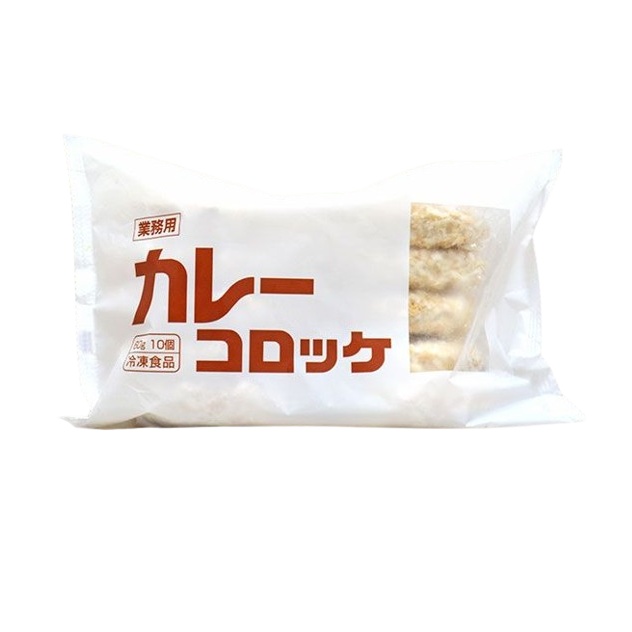
Korokke Frozen Curry Filled 600g
99,000đ/PACK
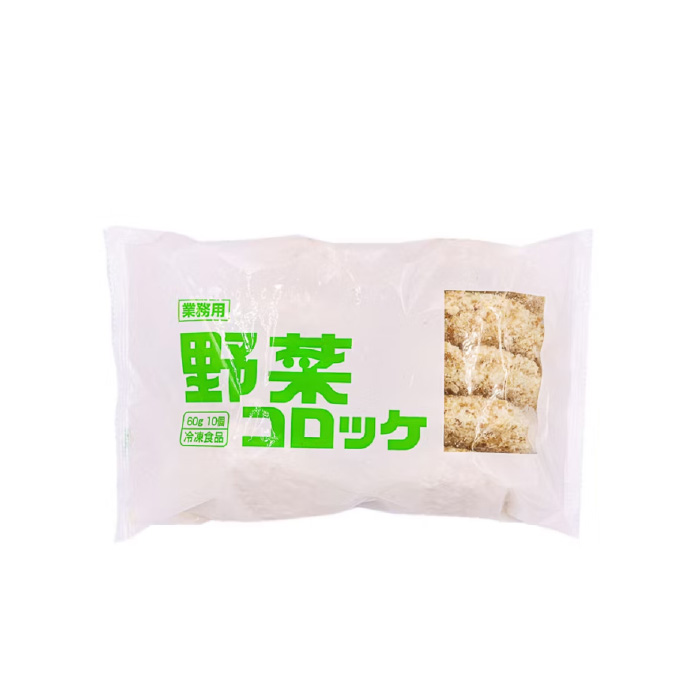
Frozen Vegetable Filled Korokke 600g
99,000đ/PACK
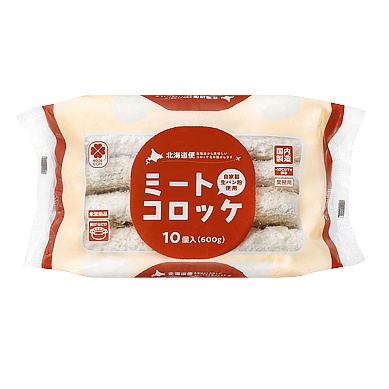
Frozen Meat Filled Korokke 600g
99,000đ/PACK
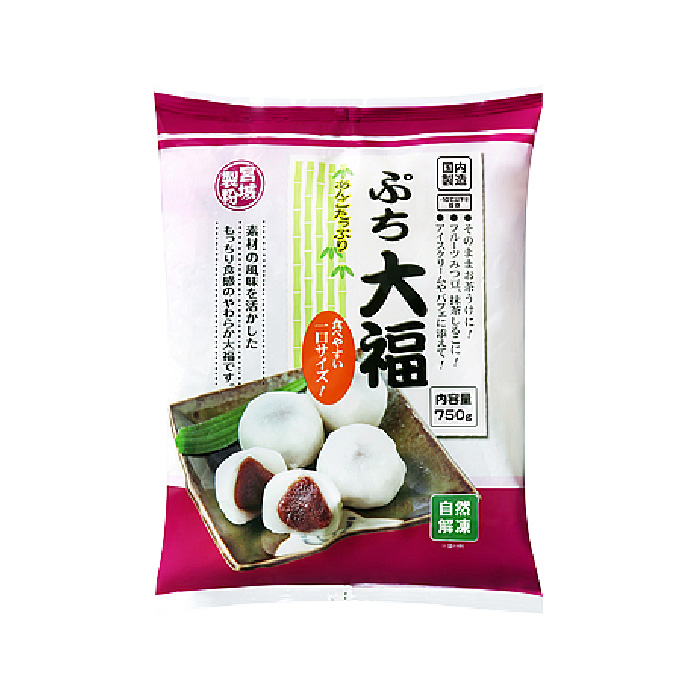
Frozen Daifuku Mochi 750g
115,000đ/PACK
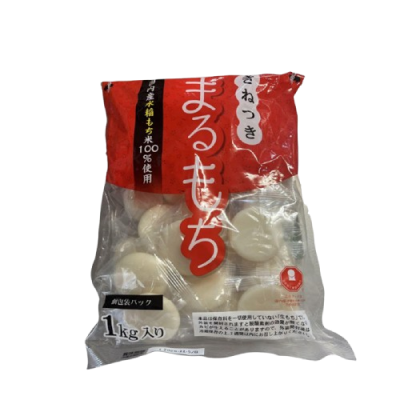
Maehara Seifun Dried Mochi 1kg
150,000đ/PACK
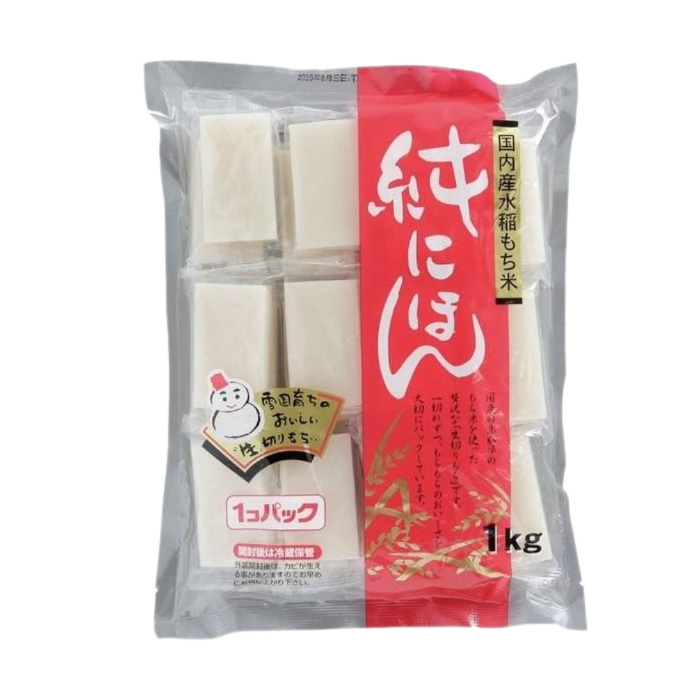
Original Flavour Mochi 1kg
145,000đ/PACK
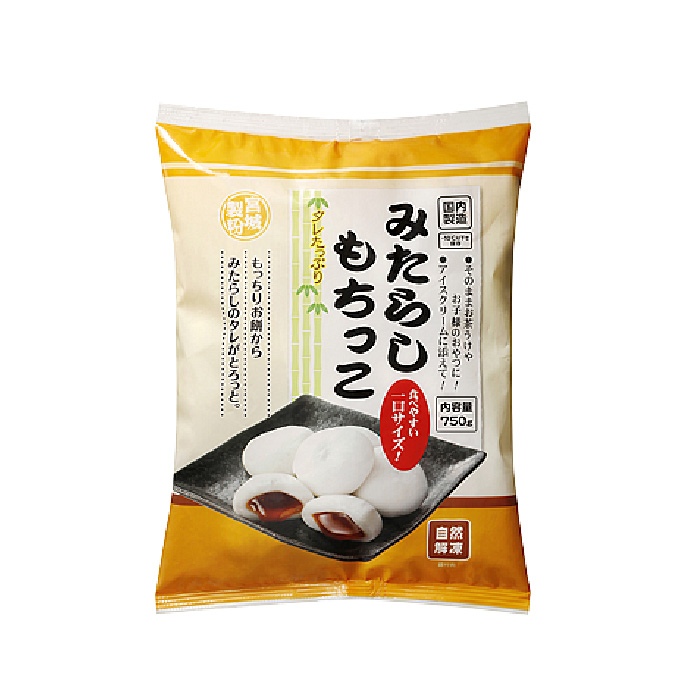
Frozen Mochi With Mitarashi Sauce Filling 750g
115,000đ/PACK
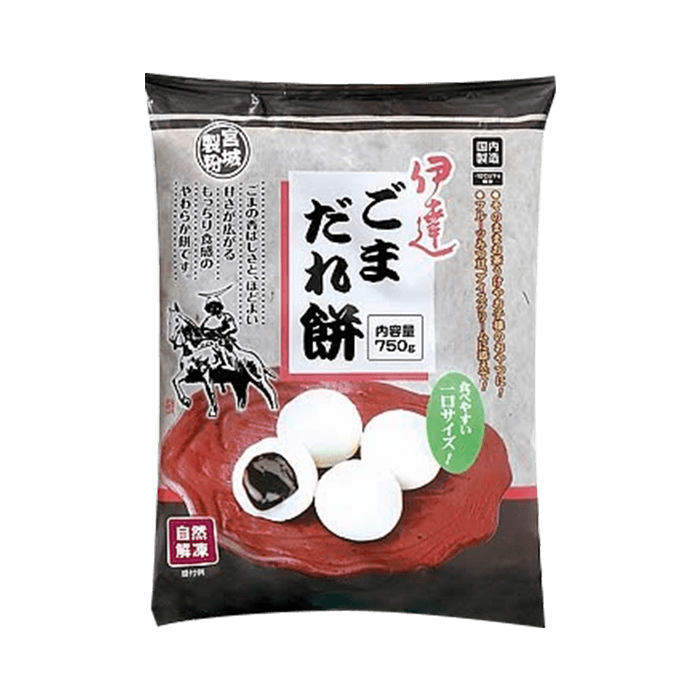
Frozen Sesame Filling Mochi 750g
115,000đ/PACK
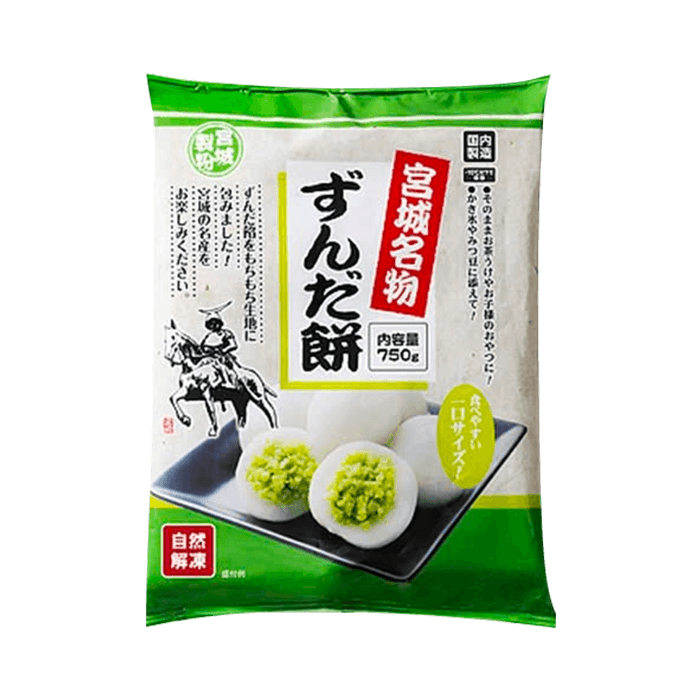
Frozen Green Bean Mochi 750g
115,000đ/PACK
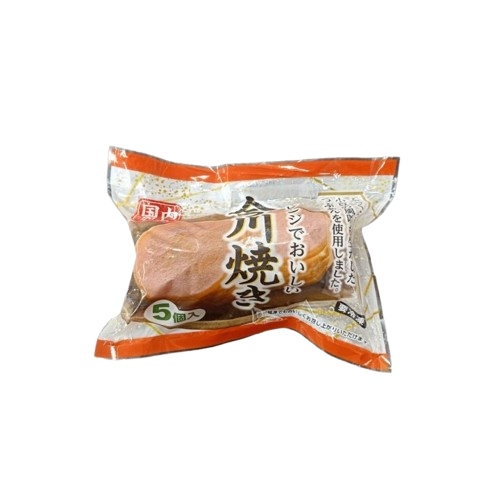
Imagawa Frozen Yaki With Red Bean Filling 400g
98,000đ/PACK

Frozen Fried Shrimp Cakes 400g
185,000đ/PACK
Participate in the exclusive Flavors of Japan event co-organized by Kamereo and Gyomu Japan in Hanoi, promising to provide F&B businesses with the opportunity to access standard Japanese ingredients and optimal, sustainable procurement solutions.

Frequently Asked Questions
What is dashi?
Dashi is the general term for broths in Japanese cuisine, diverse in ingredients such as Kombu seaweed, vegetables, dried fish, chicken bones, and shiitake mushrooms.
What is Shira Dashi?
Shira Dashi is a special type of broth in Japanese cuisine, nổi bật with the umami flavor from naturally fermented light-colored soy sauce (usually light soy sauce or Shoyu), combined with extracts from sea fish, such as shaved bonito (bonito) or anchovies (niboshi). This broth offers a delicate yet rich flavor, highlighting the natural taste of the ingredients in Japanese dishes.
What is Miso Dashi?
Miso Dashi is the main component of Miso soup, often served for breakfast, accompanied by rice, eggs, fish, and pickles. It is a harmonious blend of Dashi broth, Miso paste, and ingredients such as tofu, Wakame seaweed, and scallions.
Why is dashi a popular choice for mothers cooking for their babies?
Japanese Dashi broth is increasingly favored by Vietnamese mothers during their babies’ weaning stage due to its nutritional and health benefits. Dashi supplements vitamins, minerals, fiber, and protein, aiding comprehensive development, supporting digestion, and enhancing health. In particular, dashi is mild and safe for babies, without causing irritation or side effects.
Conclusion
Hopefully, the above information has helped you answer the question of what dashi is and confidently prepare it at home. To make your dishes even more complete, find genuine, affordable, and high-quality ingredients at Kamereo. In addition, you can also find many unique recipes and interesting culinary secrets in our Food and Lifestyle section.
See more:




